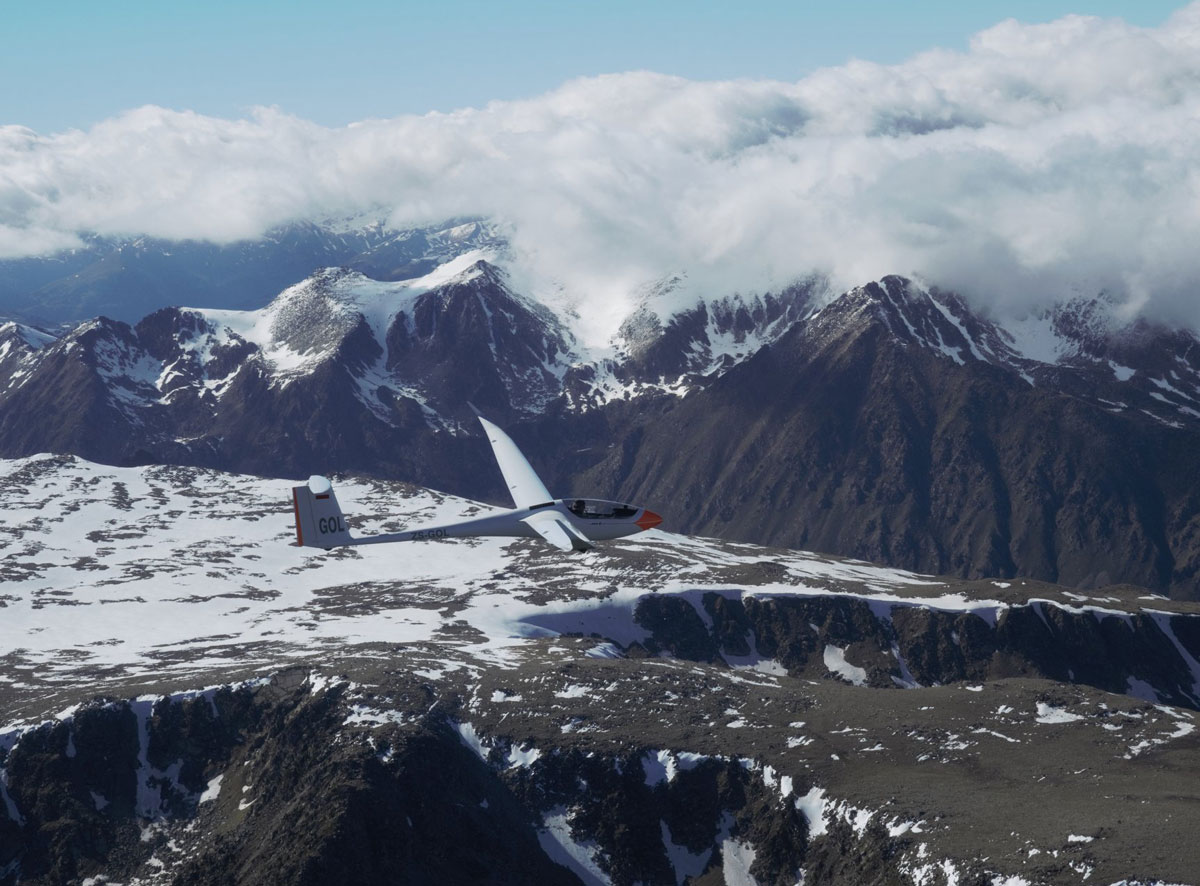Controlled Flight Into Terrain

Most of my ridge soaring experience is with students and trying to keep them off the mountain. "Where is your way out?" Is what I ask them a lot. I have flown Mifflin PA a few times, even won a nationals there. Only once did a nameless pilot and I try taking ourselves out on the ridge.
It started out as my fault really, he said we wouldn't make the glide. I said we could make it in a 2-33 (we were in a Nimbus 3DM). Then the sink came...Ok, a Grob 103 would easily make it... The sink kept coming. Next, think I know we are in ground effect on the backside of the ridge pushing over to the windward side. To this day I wet myself a little every-time I think about it.
It is a simple question, 'Do I have a way out?' We read textbooks and start soaring and agree that we will always use the figure 8 technique instead of circling, fly faster on the ridge then optimum, and never fly within a wingspan of the mountain. You don't know when it happened but at some point you realize, you are at minimum sink speed cruising along the mountain a wingspan-ish away. Maybe it is complacency or ignorance, but it doesn't matter. You just need to fix it.
There have been lots of articles written about controlled flight into terrain, thermals hitting the outer wing and rolling the glider into the mountain, stall/spin, slowing down on the downwind turn, etc... At that same contest, I remember another nameless pilot who made it out of the trees with damage to the horizontal stabilizer (think about that for a minute...on a T-tail).
Plan ahead as you are flying. If I go over there what will be the way out? You want to be surprised when the lift is there, not when the sink is there. You have to be slightly pessimistic when close to the terrain. Always think about your way out. It is like the takeoff emergencies, we are always ready for it and can act instinctively and quickly.
There is only one pilot out there who will remember who won the nationals 10 years from now, it is you. However 10 years from now, everyone will remember that time they had to hike up the mountain to find you.
Banner Photo by Adam Czeladzki
Aviation Weather discusses each aspect of weather as it relates to aircraft operation and flight safety. This book is a comprehensive resource that explains what students, instructors, and experienced pilots need to know in order to fly safely in both visual (VFM) and instrument (IMC) meteorological conditions.
 Garret Willat holds a flight instructor rating with over 8000 hours in sailplanes. His parents have owned Sky Sailing Inc. since 1979. He started instructing the day after his 18th birthday. Since then, Garret has represented the US Junior team in 2003 and 2005. He graduated from Embry-Riddle with a bachelor's degree in Professional Aeronautics. Garret represented the US Open Class team in 2008 and 2010 and the Club Class team in 2014. Garret has won 3 US National Championships.
Garret Willat holds a flight instructor rating with over 8000 hours in sailplanes. His parents have owned Sky Sailing Inc. since 1979. He started instructing the day after his 18th birthday. Since then, Garret has represented the US Junior team in 2003 and 2005. He graduated from Embry-Riddle with a bachelor's degree in Professional Aeronautics. Garret represented the US Open Class team in 2008 and 2010 and the Club Class team in 2014. Garret has won 3 US National Championships.








